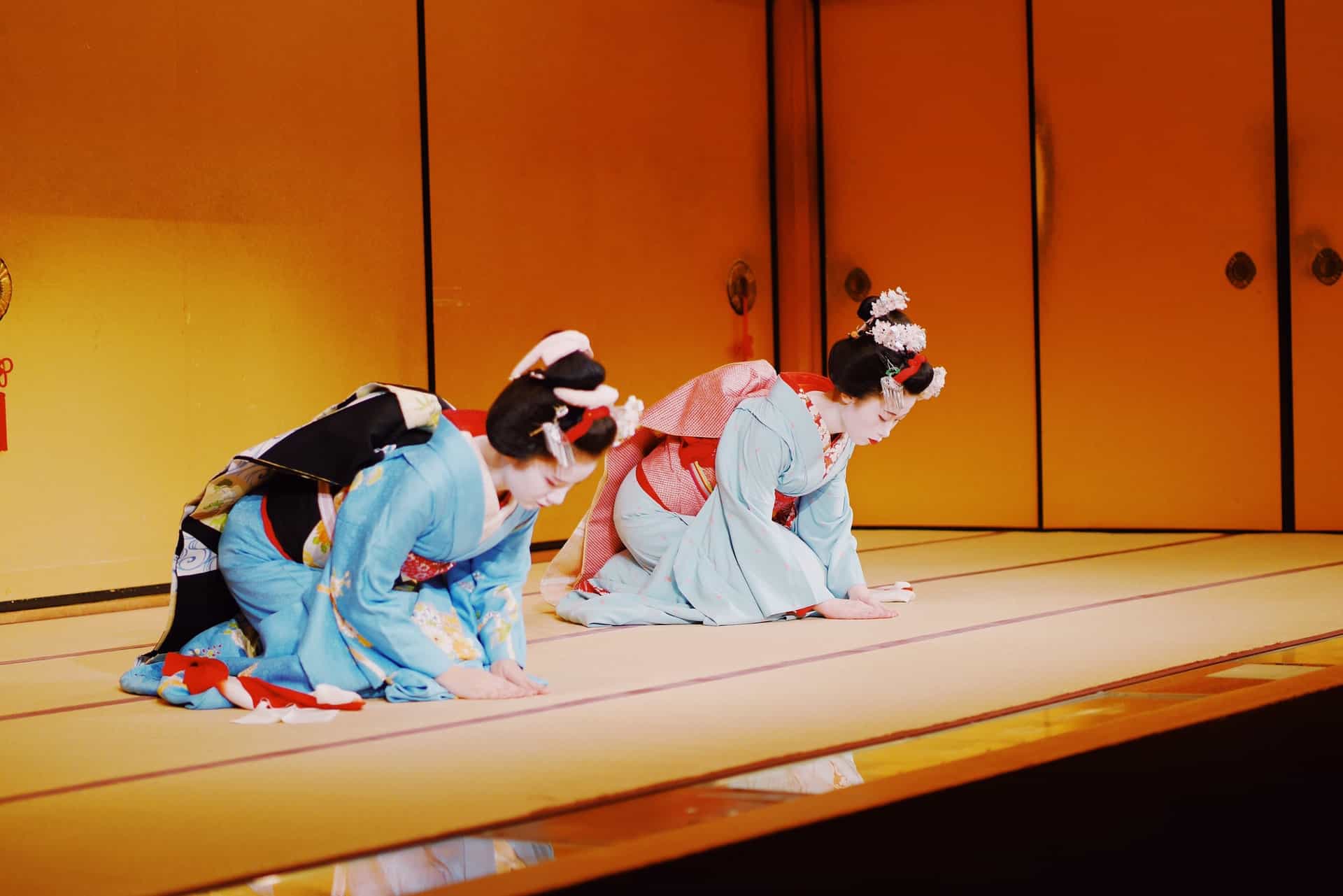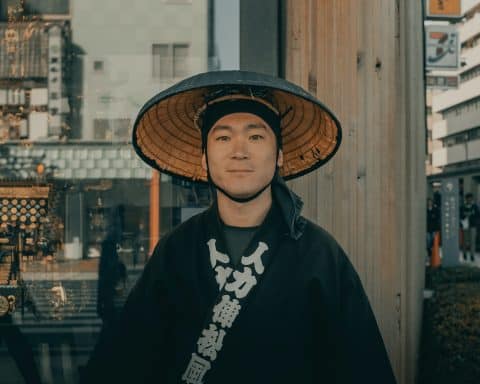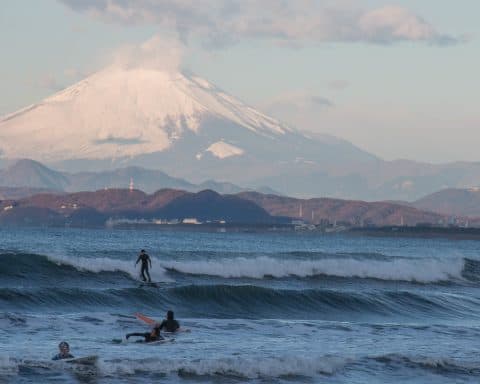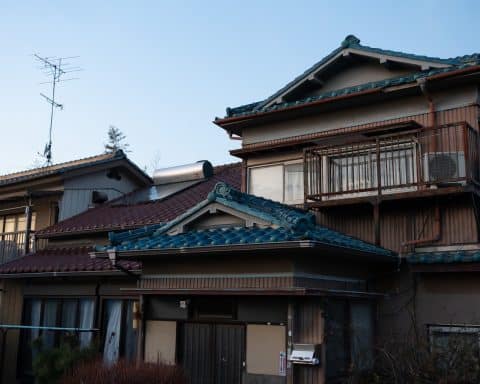Here in the UK, shaking someone’s hand is the most common way to greet them. It’s polite, formal, and a sign of respect to the other person. But if you’ve ever been to Japan or seen it on TV, you’ll notice they do something a little different.
Japanese people bow for many reasons, but most commonly as a sign of respect to someone. It’s also a way of showing compassion, empathy, understanding and greeting someone.
However there are quite a few different types of bows used in Japan, and it’s important to pick the appropriate one for the right situation. Follow me as we take a deep dive into Japan’s history of bowing.
How important is bowing in Japan?
Bowing, or “Ojigi” (お辞儀) is an extremely important part of Japanese culture. It was originally most popular with the samurai class around the Kamaura period (1185-1333) in which manuals were handed out with the proper bowing etiquette that people should follow.
Of course, that act of bowing has spread throughout the entirety of Japan and is no longer confined to the upper class.
In many situations, it absolutely can be seen as rude if you don’t bow at the appropriate time. Not so much as a foreigner visiting Japan (You have a ‘get out of jail free’ card, so to speak) but definitely for Japanese citizens.
How to bow in Japan
There are several types of bowing practiced in Japan:
- Eshaku
- Keirei
- Saikeirei
- Zarei
- Saikeirei
- Futsūrei
- Senrei
However, for simplicity here are the two main types of bowing that people in Japan normally do:
zarei – 座礼
‘Zarei’ is the art of bowing while kneeling. Due to its extreme formality, ‘Zarei’ is practiced less and less recently. Partly because of its formality, but also because it’s not the easiest of positions to get into.
That said, it is still seen in some of Japan’s most traditional activities like tea ceremonies, kendo, and dancing. I have absolutely no evidence to suggest this is true, but I’m pretty sure I’ve seen people doing a zarei style bow when they’re apologizing. You’d have to have done something truly bad to feel like you need to apologize in this way!
ritsurei – 立礼
Many companies spend many hours teaching and training their employees how to do it perfectly. After all, they’re the face of the company, and if the company isn’t seen to be upholding cultural traditions, then it may lose business. It’s imperative that the bow comes from the waist, whilst keeping the body absolutely straight.
When To Bow In Japan
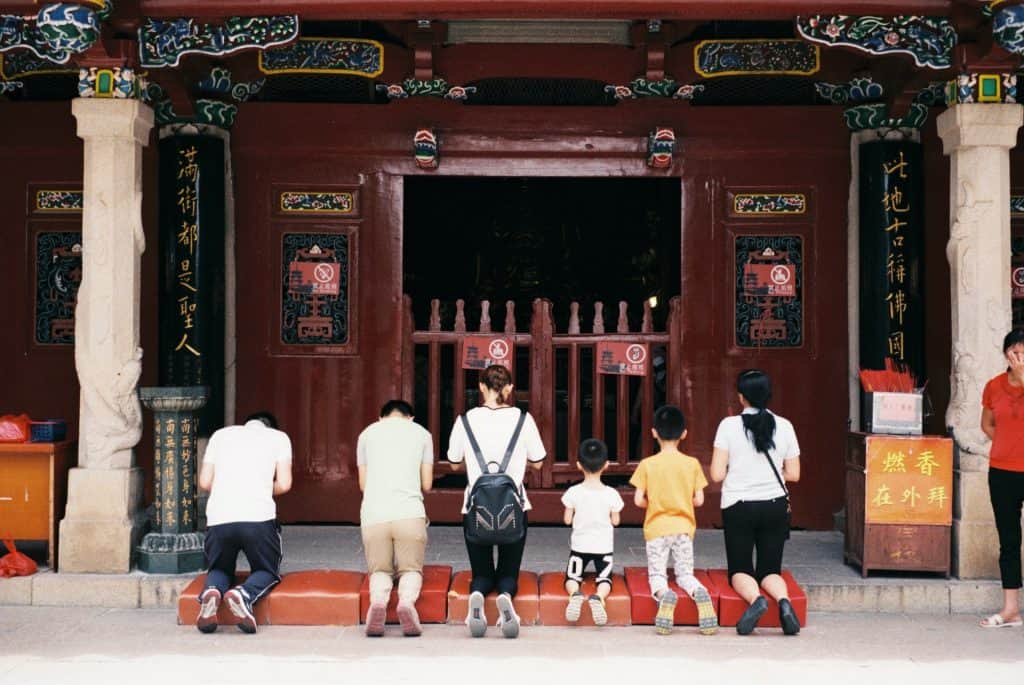
It’s relatively likely that if you travel to Japan, you may be offered an outstretched hand as a sign of courtesy (because you aren’t Japanese). That’s fine, but it’s important to understand when you should bow to show respect as well.
Apologizing
I hope you won’t be doing too much apologizing on your trip to Japan, but this is one such situation that calls for a bow. Depending on the extent of the apology needed, you may get away with only slightly bowing your head.
For instance, if I accidentally bumped into someone in Japan, I would say すみません and gently bow my head. It will often be met with a similar gesture and everyone leaves happy.
Japanese people may sometimes bow lower than 45° if it’s a serious apology where they need to show only the utmost respect in that given situation.
Sympathy
It’s also common for Japanese people to bow when showing sympathy and compassion for someone’s situation. It is, of course, not something you have to worry about when traveling over there, but Japanese people are extremely selfless so it might be something someone does to you.
Greeting
Bowing while greeting someone is perhaps one of the most common situations it’s used. The style of the bow, however, will depend on the situation you’re in. If it’s a friend, there might be a handshake, a slight bow, or perhaps nothing at all.
If it’s an extremely formal situation like a job interview, you can expect a long and deep bow to each of the interviewers from the interviewee. The same can be said of practically any formal situation, or when you’re meeting someone for the very first time.
Saying Goodbye
Again, it’s extremely common to see someone in Japan bowing whilst saying goodbye. In fact, it’s likely more frequent than when greeting someone.
Perhaps it’s because they may not know when they’ll see each other again, or maybe it’s because it’s as though you’re thanking that person for their time, and hope to repeat the experience again.
Will I Need To Bow When I Go To Japan?
It’s pretty unlikely that you will need to consider bowing when traveling to Japan, but it’s always handy to know these things just in case. The four different levels of bowing are as follows:
A head nod and smile
I think at the very most (and least) this is something you should do on your trip to Japan. As the title suggests, all you need to do is bow your head and crack a smile. This is appropriate in pretty much any situation you would normally say thankyou in, like buying something from a shop and being served in a restaurant.
Less than a 45° bend at the waist
Appropriate in similar situations as above, if you want to be more formal. Also if you’re meeting people in an informal situation.
A full bend at the waist, more than 45°
Used mainly when meeting or saying goodbye to someone in a formal situation. Extremely rare that you would ever have to do this on your holiday. Unless you’re meeting someone
A kneeling bow
I hope you won’t ever be in such a situation where a kneeling bow is the only acceptable response. You’d have to really mess up! In fact, you probably won’t see anyone going full zarei on your trip for the reasons I mentioned above, so don’t worry about it!
Things To Know When You Bow
Don’t Keep eye contact
Bowing whilst staring directly into someone’s eyes is considered extremely bad form in Japan. Depending on the situation, it may even be seen as threatening.
As you bow, you should stare at the flow just in front of you. It’s not an exact science but may help to pick a spot just in front of your feet and focus on it.
keep your hands by your sides
There’s no need to press your palms together when bowing in Japan. In fact, they should stay by your sides and not stray from that position until the bow has finished.
Final thoughts
Although it’s important to know and understand how to bow in certain situations if you go to Japan, as a foreigner it’s not something you would be expected to do. That said, it’s always nice to attempt it in a specific situation, and your willingness to try will certainly go a long way!



